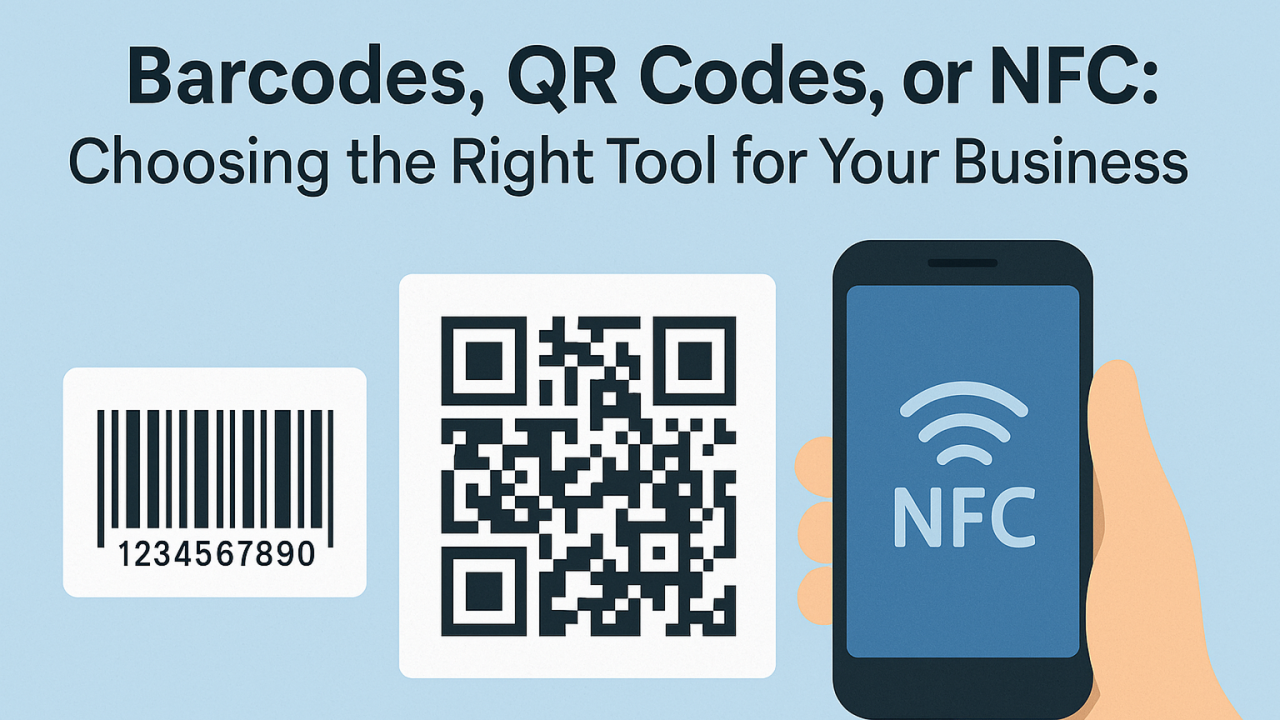The no-code development platform needs a more accurate definition. It refers to a platform for visually designing data structures, user interaction forms, setting access permissions, and defining workflows around the needs of enterprise data and business management.
What are the characteristics of the no-code development platform?
1. Visually construct the business data table and support cross-application data table association.
2. Configure different types of views for various data scenarios, define the filtering of data rows and columns, and set different interface forms such as lists and calendars.
3. Assign different data access and permissions to the roles.
4. Establish summary tables and statistical charts for data.
5. Establish custom forms and distribute them to different roles.
7. Manage enterprise users, departments, and organizational structures, and use them for application distribution, role assignment, and flow information.
8. Visually configure the workflow, support operations such as adding, rewriting, and deleting data under specific conditions, and incorporate the data filling and approval.
9. The dashboard for single user within the enterprise can be used individually.
Different aPaaS products have different characteristics and focuses. Therefore, the above features do not necessarily exist in every aPaaS product. However, the more complete the features, the closer to a typical no-code development platform. In the above features, there is a pure no-code mode, while some individuals need to use low-code methods to reduce product complexity. Meanwhile, it makes it difficult for non-technical personnel to operate.
Why are no-code development platform appearing in the enterprise software market?
The reason why a job can be completed in a pattern is that the job is repeatable, just like we will use 3D printer to make one or two parts. However, if we want to produce thousands of the same parts, we would rather spend the cost and time to make the mold firstly. Such a principle is the same as the development of enterprise management software, that is, most of them bears similar requirements and implementation methods.

The problems to be solved by no code software are very similar
Of course, not all enterprise applications are totally similar. There are always some applications that require specialized design and development in specific industries. However, in the entire operation process of an enterprise, the problems to be solved by software are very similar in the aspects of customers, suppliers, sales orders, products, purchase orders, manufacturing processes, and service processes. These similarities can be summarized as follow.
1. Collect the data and verify the validity of it
For example, create a purchase order from a specific supplier.
2. Data query and presentation
For example, the operation department inquires about the purchase order that should arrive in warehouse A today, and the finance department pays it this week.
3. Data calculation
For example, when the goods arrive at a specific warehouse, update the inventory information of them.
4. Process control
When drafting a purchase order, different review procedures are initiated according to the type and amount of the products, and then manager can control all the processes online.
5. Information notification
After the purchase order is approved, the warehouse is then notified to prepare the goods.
6. Statistics and analysis of data
Summarize the distribution of the product number according to the BOM list.
The software developers are very familiar with these paradigms, since they often appear in the requirements of software development. There are many modules that are common to all enterprise-level software, such as managing users, user groups, and role permissions. It is for this reason that the no-code development platform has high degree of modeling.
Just as Gartner predicts, a growing number of enterprise applications will rely on no-code development platform in the future. Today, in order to meet a common demand, most companies will not customize development, but directly use one Standard SaaS products, such as Yeeflow.





.png)

